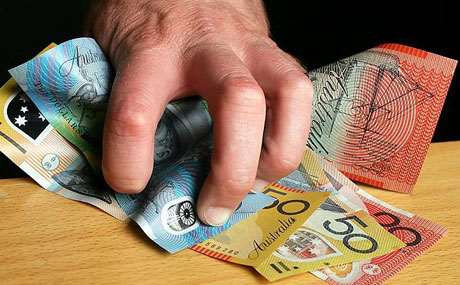Every dollar spent on innovation by Australian businesses returns at least $2 in earnings, Australia’s chief economist has found.
The 2016 Australian Innovation System Report used ABS figures to estimate Australian businesses spent between $26 billion and $30 billion on innovation in 2014-15.
It was then estimated that they went on to “earn $60 billion from innovative goods and services” in the same year.
“This level of income, combined with the expenditure estimated above, suggests that for every dollar put into innovation by the market two dollars are returned (without making any assumptions about lag effects, additional public sector investment, or trying to model what types of innovations were actually invested in),” the report by the Office of the Chief Economist said.
It is mostly smaller-sized businesses that are benefiting from this effect.
In 2014–15, 21 percent of “micro-sized businesses” earned a quarter or more of their income from innovative goods and services.
But as businesses increased in size, the proportion of income they earned from innovative goods and services “declined significantly”.
The same could be said for just “11 percent of small- and medium-sized businesses” and “3 percent of large-sized businesses.”
Overall, the absence of large businesses in the space meant Australia earns “only a relatively modest proportion of its total income from the sale of innovative goods and services compared to other OECD countries.”
However, innovative goods and services are only one type of innovation that is pursued in the market – and in fact, is one of the least pursued innovation goals.
Many more Australian businesses – particularly larger ones – have ambitions to innovate around their operational processes.
Secondly, many Australian businesses are process innovators. This means their innovations may reduce their operating costs or improve efficiency instead of producing a new product for market.
The report noted that “the financial benefits of other types of innovation, such as process innovation, are not captured”, even though the effect is “known to be higher than goods and services innovation”.
That would suggest that Australia’s miners and banks – which have been involved in long programs of process innovation – should be seeing payback greater than $2 for every $1 spent.
It is perhaps also worth noting that innovative businesses rarely pursue only one type of innovation.
“Data for Australia and other OECD countries shows that most businesses adopt a mixed-mode approach to innovation, where different types of innovation are used in complementary ways,” the report said.
“For example, goods and services innovation is often accompanied by a new marketing method, or the introduction of a new operational process might demand a new way of managing a business’ supply chain (organisational innovation).”









